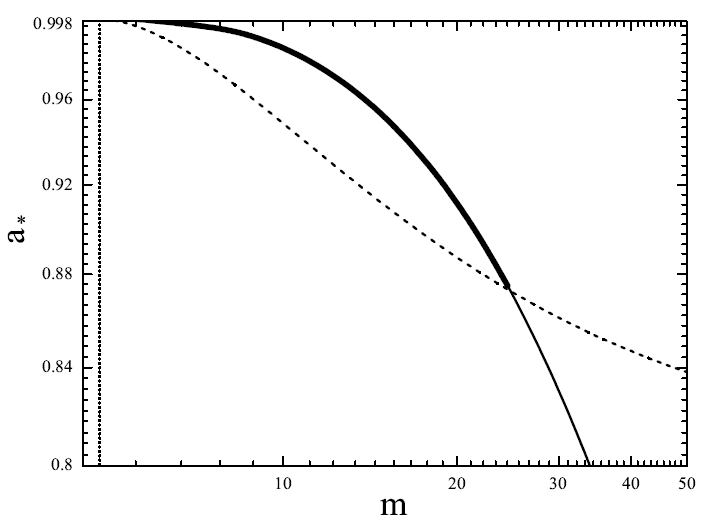
Shu-Jin Hou, Tong Liu, Wei-Min Gu, Da-Bin Lin, Mou-Yuan Sun, Xue-Feng Wu, Ju-Fu Lu
GRB 130925A, composed of three gamma-ray emission episodes and a series of orderly flares, has been detected by Swift , Fermi, Konus-Wind , and INTEGRAL . If the third weakest gamma-ray episode can be considered as a giant flare, we find that after the second gamma-ray episode observed by INTEGRAL located at about 2000 s, there exists a positive relation between the time intervals of the adjacent flares and the time since the episode. We suggest that the second gamma-ray episode and its flares originate from the resumption of the accretion process due to the fragments from the collapsar falling back, such a relation may be related to a hyperaccretion disk around a precessed black hole (BH). We propose that the origin and time evolution of the flares, and the approximately symmetrical temporal structure and spectral evolution of the single flare, can be explained well by the jet precession model \citep{Liu2010}. In addition, the mass and spin of the BH can be constrained, which indicates a stellar-mass, fast rotating BH located in the center of GRB 130925A.
http://arxiv.org/abs/1401.2699